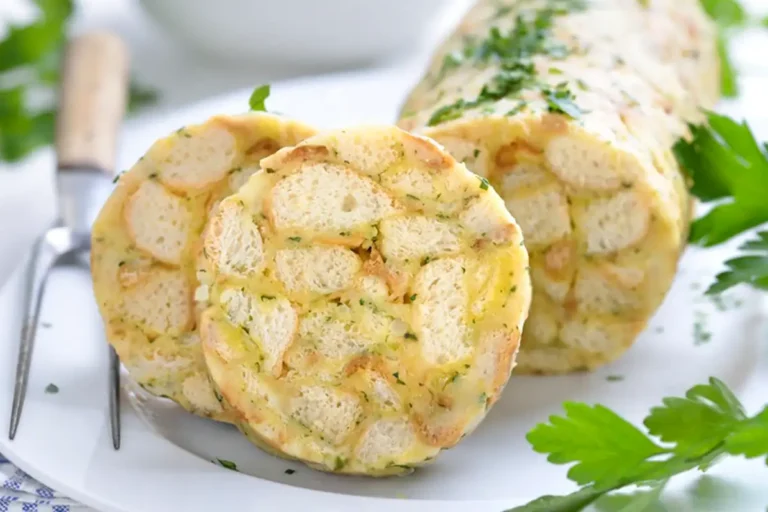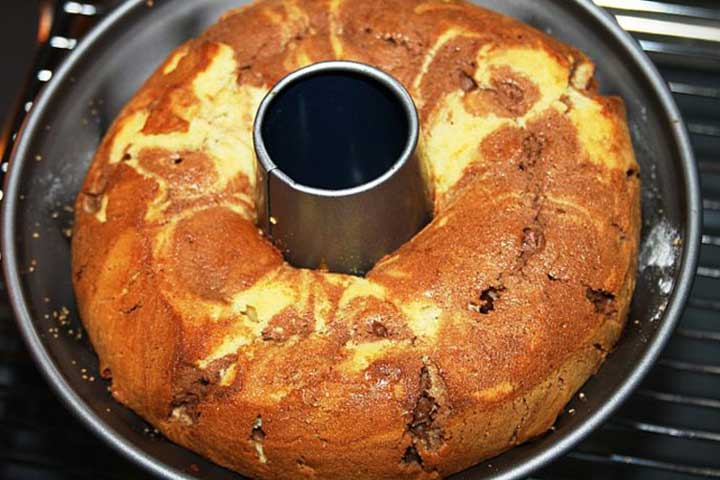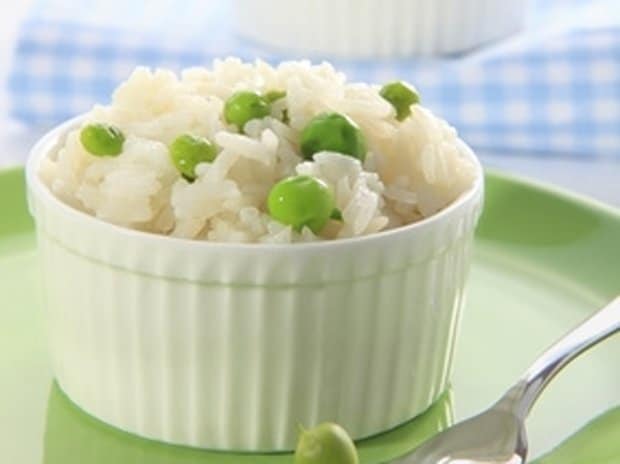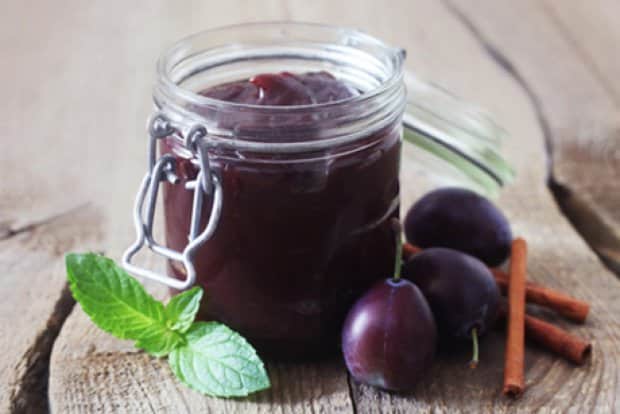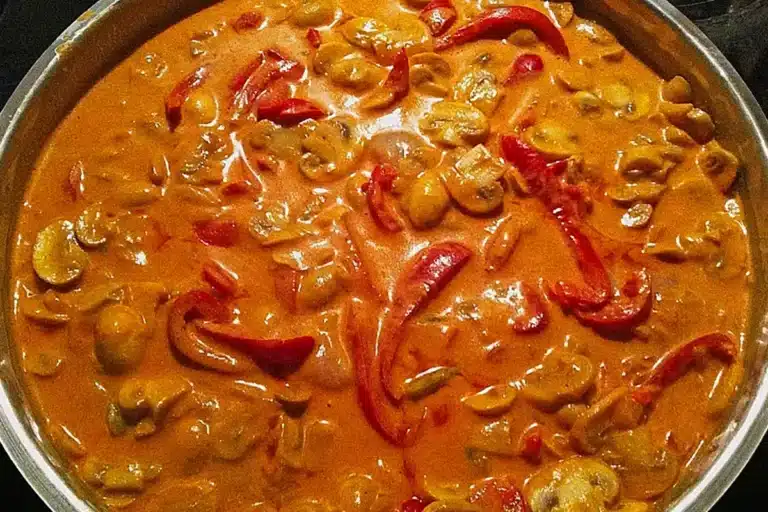Fleisch einkochen und haltbar machen Rezept
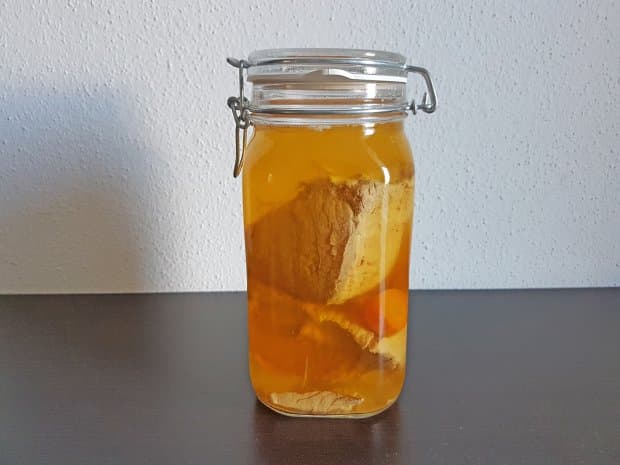
Fleisch einkochen – So wird Fleisch ganz einfach haltbar gemacht
Wer hat nicht schon einmal vor dem Problem gestanden: Man hat zu viel Fleisch gekauft oder möchte einen Vorrat anlegen, aber der Kühlschrank ist einfach zu klein? Genau deshalb interessieren sich viele für das Thema „Fleisch einkochen“. Es geht um das Haltbarmachen von Fleisch, um nicht ständig alles frisch kaufen oder gar etwas wegwerfen zu müssen. Ich koche seit über zwölf Jahren regelmäßig Fleisch ein – mal mit mehr, mal mit weniger Erfolg (und ja, ich hab schon einiges ausprobiert, was nicht so optimal war!).
Warum ich das Einkochen von Fleisch liebe
Fleisch einkochen ist für mich viel mehr als nur Konservierung. Es ist ein Stück Tradition, ein Stück Unabhängigkeit. Besonders wenn’s draußen kälter wird oder ich einfach keine Lust auf tägliches Kochen habe – dann ist so ein Glas mit eingekochtem Fleisch Gold wert! Es schmeckt fast wie frisch, ist blitzschnell auf dem Tisch und spart mir Zeit und Stress. Früher hab ich mich oft gefragt: Ist das nicht kompliziert? Aber ehrlich gesagt – mit ein bisschen Routine ist es wirklich einfach.
Fleisch einkochen Anleitung – Schritt für Schritt erklärt
Viele, die „Fleisch einkochen“ suchen, wollen wissen: Wie geht das überhaupt? Was braucht man? Wie bleibt das Fleisch schön zart und aromatisch? Ich zeige dir hier meine bewährte Vorgehensweise, mit allen Tipps, die ich in den letzten Jahren gesammelt habe. Fehler? Oh ja, die gab’s auch – wie das eine Mal, als ich zu wenig Wasser im Glas hatte und alles zäh wurde. Seitdem weiß ich: Nicht am Sud sparen und immer sauber arbeiten!
Zutaten für das Rezept:
- 1 Stk Suppengrün (soup vegetables, e.g., carrots, celery, leek, parsley root)
- 1 kg Schnitzelfleisch (lean pork or veal for schnitzel)
- 1 Schuss Öl (a splash of oil)
- 2.5 l Wasser
- 1 Stk Einmachglas für 2 l (one 2-liter preserving jar)
- 1 Prise Salz (a pinch of salt, for serving)
- 1 Prise Pfeffer (a pinch of pepper, for serving)
- 1 Prise Suppengewürz, selbstgemacht (a pinch of homemade soup seasoning, for serving)
- 0.5 EL Butter oder Öl (1/2 tablespoon butter or oil, for serving)
Zubereitung:
- Begin by preparing the Suppengrün (soup vegetables). Thoroughly wash, peel, and trim each vegetable as needed. Cut the vegetables into bite-sized pieces to ensure even cooking and ease of later use.
- Heat a large pot over medium heat and add a splash of oil. Once the oil is hot, add the prepared Suppengrün. Sauté the vegetables briefly, stirring frequently, until they begin to soften and release their aroma, about 3-5 minutes.
- Pour 2.5 liters of water into the pot with the sautéed vegetables. Stir gently to combine and bring the mixture to a simmer.
- Carefully add the Schnitzelfleisch (lean pork or veal, cut into large chunks if necessary) into the simmering broth. Allow the mixture to cook gently over medium heat for approximately 2 hours. Skim off any foam or impurities that rise to the surface to ensure a clear broth.
- After 2 hours, check that the meat is cooked through and tender. Remove the meat from the pot and cut or pull it into large, coarse pieces.
- Prepare your preserving jars by thoroughly cleaning and sterilizing them. You can do this by washing them with hot, soapy water, rinsing well, and then placing them in a hot oven or boiling water for several minutes to sterilize.
- Pack the cooked meat pieces tightly into the sterilized jars. If desired, add some of the cooked carrots or other vegetables from the Suppengrün to the jars for added flavor and color.
- Strain the cooking broth through a fine sieve or cheesecloth to remove any solids, resulting in a clear liquid. Pour the hot, strained broth over the meat and vegetables in the jars, covering the contents completely but leaving about 1-2 cm of headspace at the top.
- Immediately seal the jars with their lids, ensuring they are tightly closed and airtight to create a proper vacuum seal. Allow the jars to cool at room temperature. Once cooled, store them in a cool, dark place or in the refrigerator.
- When ready to serve, open a jar and pour the soup and meat into a saucepan. Bring the mixture to a gentle boil over medium heat.
- Season the soup to taste with a pinch of salt, pepper, and homemade soup seasoning. Allow the flavors to meld for a few minutes as the soup heats through.
- Remove the meat from the soup and let it drain briefly. Heat half a tablespoon of butter or oil in a frying pan over medium-high heat, then add the drained meat pieces. Sear the meat quickly on all sides until warmed through and lightly browned.
- Serve the hot, flavorful soup with the freshly seared meat. Enjoy with bread or other accompaniments of your choice.
Haltbarkeit, Aufbewahrung und typische Fehler beim Fleisch konservieren
Wie lange hält sich eingekochtes Fleisch eigentlich? Das werde ich oft gefragt. Bei mir hat es im kühlen Keller schon locker sechs Monate überstanden – vorausgesetzt, die Gläser sind gut verschlossen und sterilisiert. Manchmal hab ich früher den Deckel nicht richtig zu gemacht – schwupps, alles verdorben. Also: Immer auf das Knacken beim Öffnen achten, das ist ein gutes Zeichen für ein Vakuum. Und: Unbedingt kühl und dunkel lagern, sonst kann das Fleisch schnell schlecht werden.
Praktische Tipps aus meiner Küche für perfektes Fleisch einmachen
Über die Jahre hab ich ein paar Tricks gelernt, wie das Fleisch besonders zart bleibt. Erstens: Das Fleisch nicht zu klein schneiden, sonst wird’s zu trocken. Zweitens: Immer auf gute Qualität achten, das merkt man im Geschmack! Und drittens: Suppengrün gibt dem Ganzen eine wunderbare Tiefe. Wenn du magst, kannst du auch verschiedene Gemüse ausprobieren – aber ich bleib meistens beim Klassiker. Noch ein Tipp: Vor dem Servieren das Fleisch ganz kurz in Butter oder Öl braten – das gibt extra Aroma. Das ist kein Muss, aber für mich das i-Tüpfelchen!
Fleisch einkochen – Mein Fazit mit Herz und Seele
Fleisch einkochen ist für mich nicht nur praktisch, sondern auch ein Stück Heimatgefühl. Gerade an kalten Tagen hol ich mir so ein Glas aus dem Regal, stell einen Topf auf den Herd – und sofort duftet die ganze Wohnung nach Kindheit. Manchmal frage ich mich: Warum machen das nicht mehr Leute? Es ist wirklich kein Hexenwerk! Probier’s aus, du wirst überrascht sein, wie einfach und lecker Fleisch haltbar machen sein kann. Und wer einmal das eigene Fleisch einmachen probiert hat, will nie wieder auf gekaufte Konserven zurückgreifen. Also: Ran an die Töpfe, lass dich überraschen – und guten Appetit!
Fleisch haltbar machen: Deine Fragen rund um das Einkochen & Einwecken
Was sind die häufigsten Fehler beim Fleisch einkochen?
Ein Klassiker ist, die Gläser nicht gründlich genug zu sterilisieren – dann hält sich das Fleisch nicht lange. Ich hab’ auch schon erlebt, dass man die Brühe zu fettig lässt, was das Ergebnis etwas ranzig machen kann. Am besten auch wirklich auf die Einkochzeiten achten und nicht zu früh öffnen!
Kann ich anderes Fleisch oder Gemüsesorten verwenden?
Absolut! Ich nehme manchmal Rindfleisch, wenn’s etwas kräftiger sein soll – funktioniert genauso gut. Auch Hähnchen geht, aber dann die Einkochzeit etwas anpassen. Beim Gemüse kannst du dich austoben: Lauch, Sellerie und Karotten sind klassisch, aber auch Pastinake oder Petersilienwurzel passen super.
Wie lange ist das eingekochte Fleisch haltbar und wie lagere ich es am besten?
Wenn die Gläser richtig verschlossen sind, hält das Fleisch locker mehrere Monate – ich hab’ meins schon nach 6 Monaten noch genossen. Wichtig: kühl, dunkel und trocken lagern. Ein Keller oder Vorratsschrank ist optimal, der Kühlschrank geht aber natürlich auch.
Kann ich das Fleisch auch einfrieren statt einkochen?
Klar, das geht! Eingefroren bleibt das Fleisch schön saftig, verliert aber manchmal etwas an Textur. Ich persönlich mag eingekochtes Fleisch lieber, weil’s schneller griffbereit ist – aber für größere Mengen kann einfrieren ganz praktisch sein.
Welche Ausrüstung brauche ich wirklich zum Fleisch einkochen?
Du brauchst eigentlich nur große, hitzebeständige Einmachgläser und einen großen Topf (am besten mit Einsatz, damit die Gläser nicht direkt auf dem Boden stehen). Falls du einen Einkochautomaten hast: umso besser! Ich hab’s aber jahrelang ganz klassisch im Kochtopf gemacht – das klappt auch.
Zu welchen Anlässen passt eingekochtes Fleisch besonders gut?
Das ist mein Geheimtipp für stressige Wochen: einfach ein Glas auf, Suppe erwärmen und du hast in 10 Minuten ein feines Mittagessen. Aber auch als kleines Geschenk aus der Küche kommt das immer gut an – zum Beispiel zu Weihnachten, Geburtstagen oder als Mitbringsel fürs nächste Familienessen.
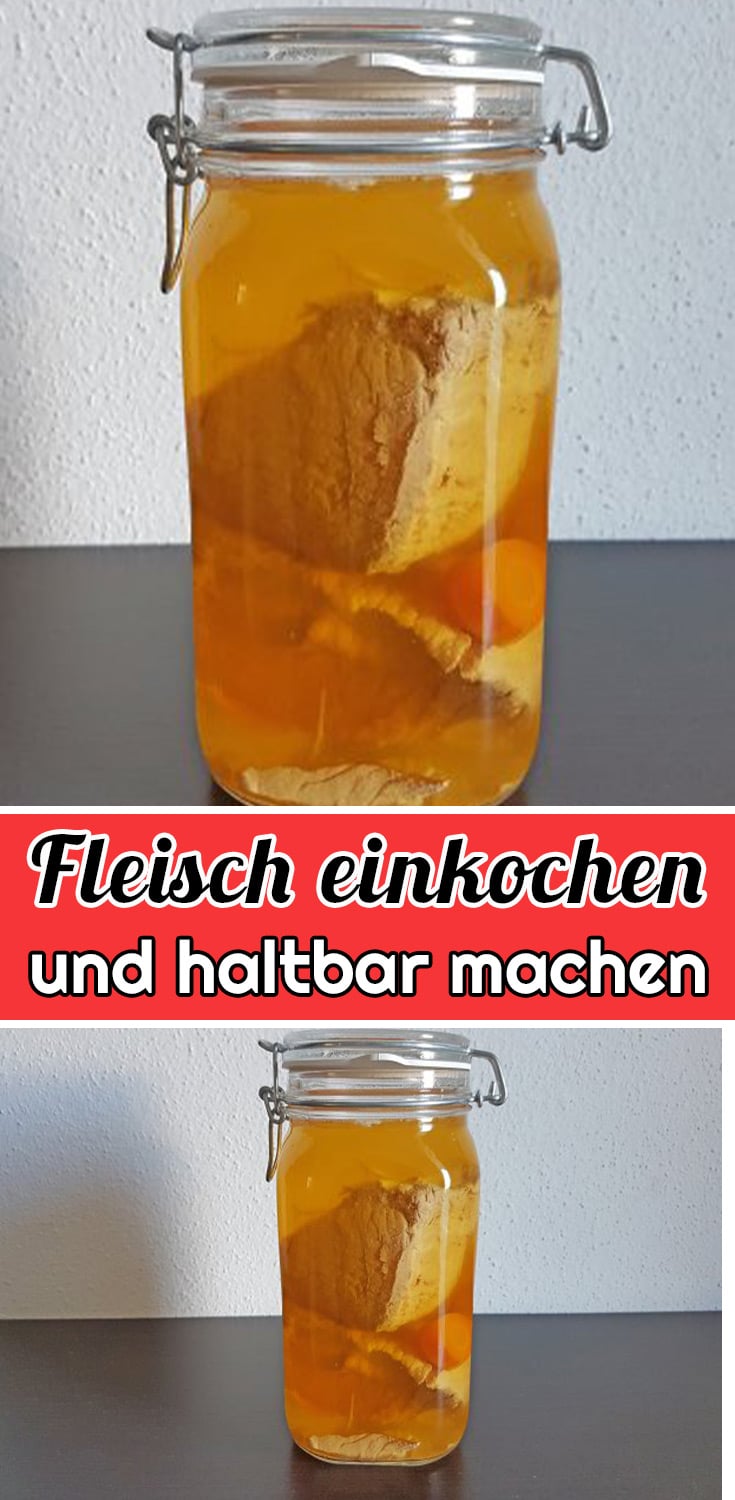
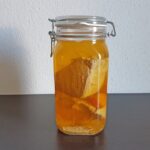
Fleisch einkochen und haltbar machen Rezept
- Total Time: 30
- Yield: 3 Portionen 1x
Description
Mit dem Rezept Fleisch einkochen und haltbar machen, kann größere Menge Fleisch schon fertig gekocht auf Vorrat gelagert werden. Schnelle und Einfache Rezepte.
Ingredients
- 1 Stk Suppengrün (mixed soup vegetables such as carrot, celery, leek, parsley root)
- 1 kg Schnitzelfleisch (pork or veal suitable for schnitzel)
- 1 Schuss Öl (a dash of oil)
- 2.5 l Wasser
- 1 Stk Einmachglas für 2 l (1 large 2-liter canning jar, sterilized)
- 1 Prise Salz (a pinch of salt, for serving)
- 1 Prise Pfeffer (a pinch of pepper, for serving)
- 1 Prise Suppengewürz (a pinch of homemade soup seasoning, for serving)
- 0.5 EL Butter oder Öl (½ tablespoon butter or oil, for serving)
Instructions
- Prepare the soup vegetables (Suppengrün) by cleaning, peeling, and washing them thoroughly. Cut all the vegetables into bite-sized pieces to ensure they cook evenly and fit well in the jar later.
- In a large pot, heat a dash of oil over medium heat. Once the oil is hot, add the chopped soup vegetables and sauté them for a few minutes until they begin to soften and release their aroma. This step enhances the flavor of the broth.
- Pour 2.5 liters of water into the pot with the vegetables. Bring the mixture to a gentle boil, then reduce the heat to maintain a simmer.
- Add the schnitzel meat into the pot with the simmering vegetables and broth. Ensure the meat is fully submerged. Cover the pot partially with a lid and let it cook gently for about 2 hours at medium temperature. During this time, the meat will become tender and fully cooked, absorbing the flavors of the broth and vegetables.
- While the meat is cooking, sterilize your canning jar (2-liter capacity). To do this, wash the jar and lid thoroughly with hot soapy water, rinse well, then place them in boiling water for a few minutes or heat in an oven at 120°C (248°F) for at least 10 minutes. Let the jar and lid air-dry on a clean towel.
- After the meat has finished cooking, remove the meat from the pot and cut it into large, hearty pieces. This makes it easier to portion and store.
- Tightly pack the meat pieces into the sterilized jar. You can also add some of the cooked carrots or other vegetables from the soup for extra flavor and color.
- Strain the broth through a fine sieve to remove any solids. Pour the hot, clear broth over the meat and vegetables in the jar until everything is completely covered, leaving about 2 cm headspace at the top.
- Seal the jar immediately with its lid, making sure it is airtight. Allow the jar to cool at room temperature. As it cools, a vacuum will form, ensuring the contents are preserved.
- Store the sealed jar in a cool, dark place or in the refrigerator. The meat will keep for up to 6 months if stored properly.
- When ready to serve, open the jar and pour the broth and meat into a saucepan. Bring it to a boil over medium-high heat to ensure it is thoroughly heated and safe to eat.
- Season the broth with a pinch of salt, pepper, and homemade soup seasoning to taste.
- Remove the meat from the broth and let it drain. Heat a small amount of butter or oil in a frying pan over medium-high heat. Briefly sear the meat pieces on all sides until they are golden and heated through.
- Serve the heated meat with some of the broth and vegetables as desired. Enjoy your shelf-stable, homemade cooked meat!
Notes
Das Fleisch hält sich gut gekühlt bis zu 6 Monate. Make sure to always use sterilized jars and lids to prevent spoilage. Once opened, consume the contents within a few days and keep refrigerated. This method is ideal for preparing larger quantities of meat in advance for quick and convenient meals.
- Prep Time: 10
- Cook Time: 20
- Category: Schnelle und Einfache Rezepte
Nutrition
- Serving Size: 3 Portionen
- Calories: 400-550
- Sugar: 2-6g
- Sodium: 600-900mg
- Fat: 25-35g
- Saturated Fat: 9-15g
- Carbohydrates: 10-25g
- Fiber: 1-4g
- Protein: 35-50g
- Cholesterol: 90-150mg

